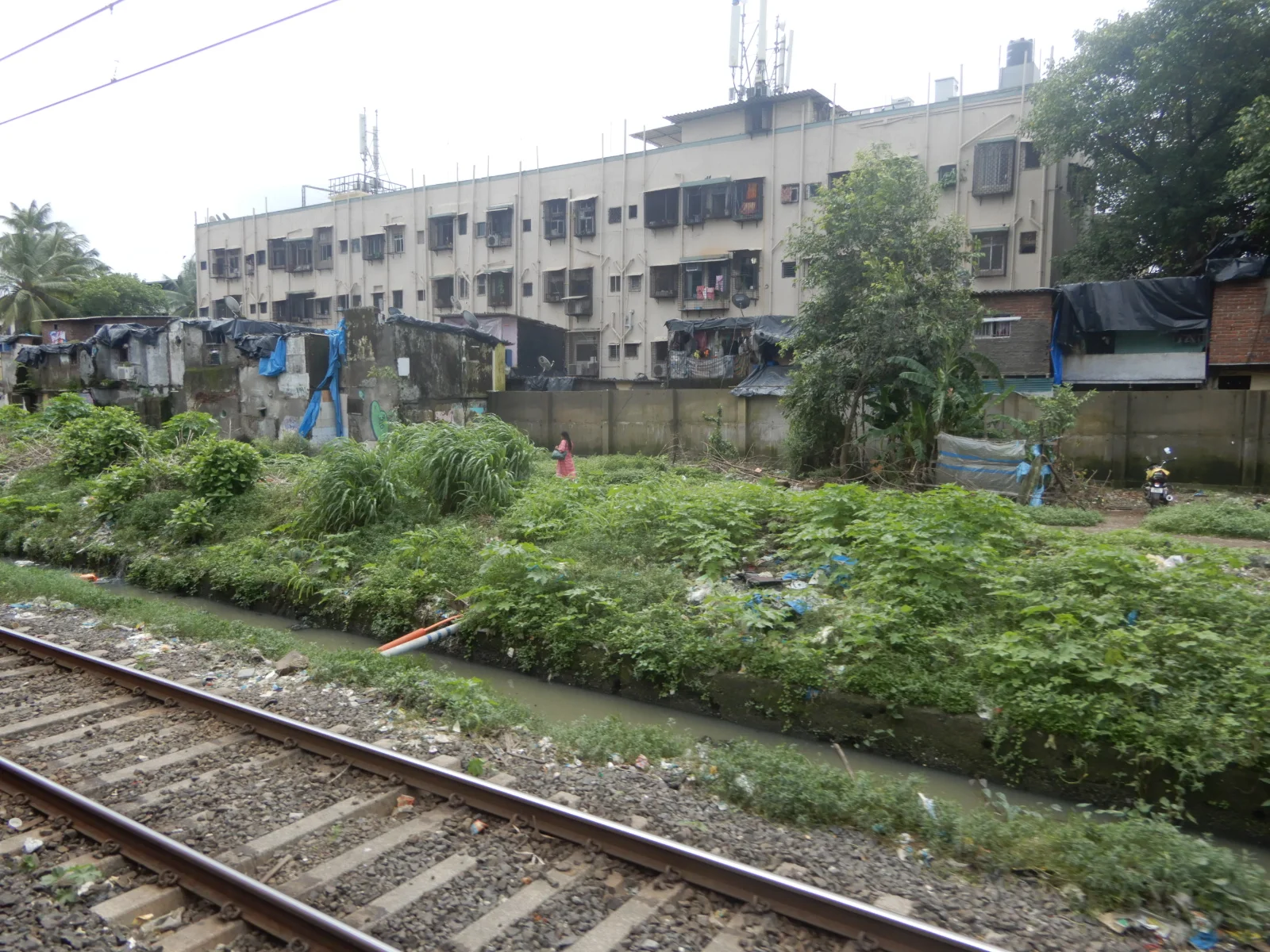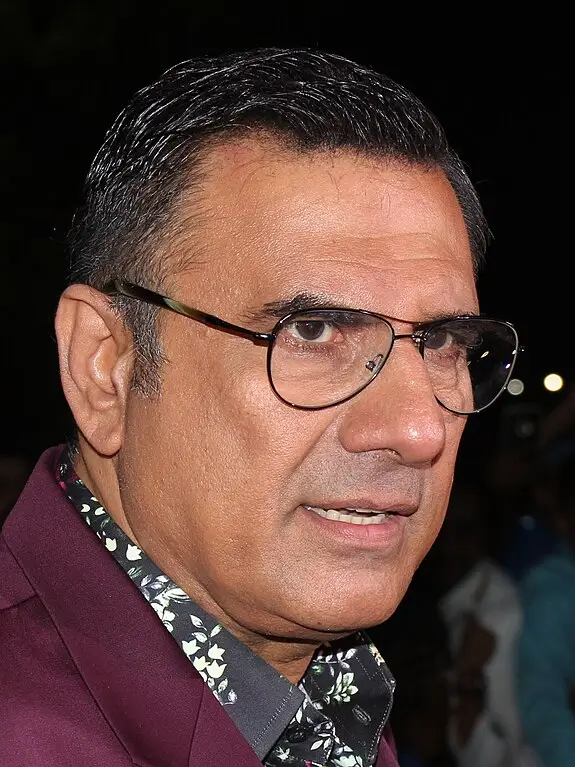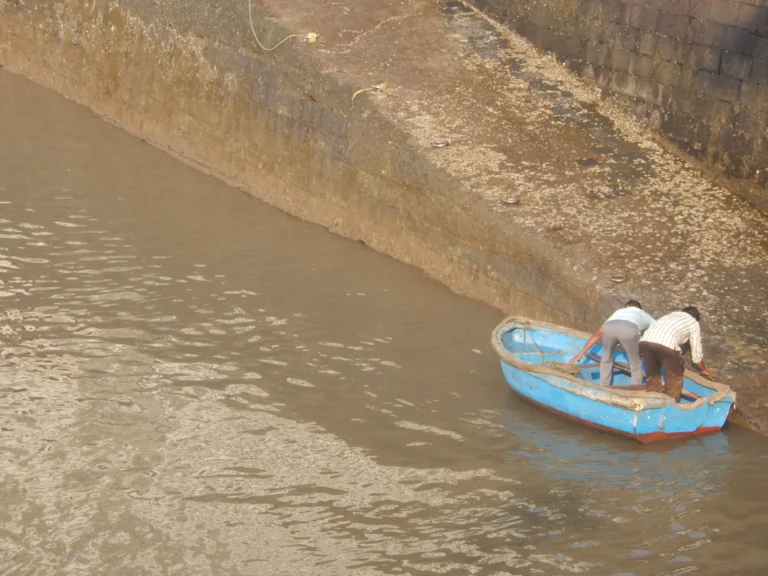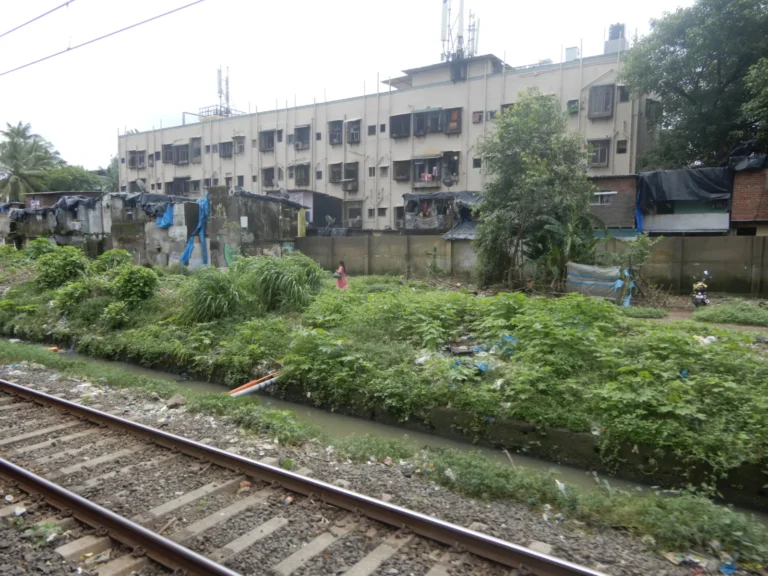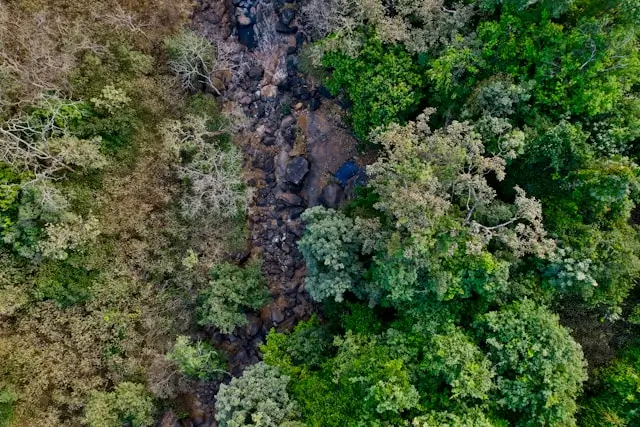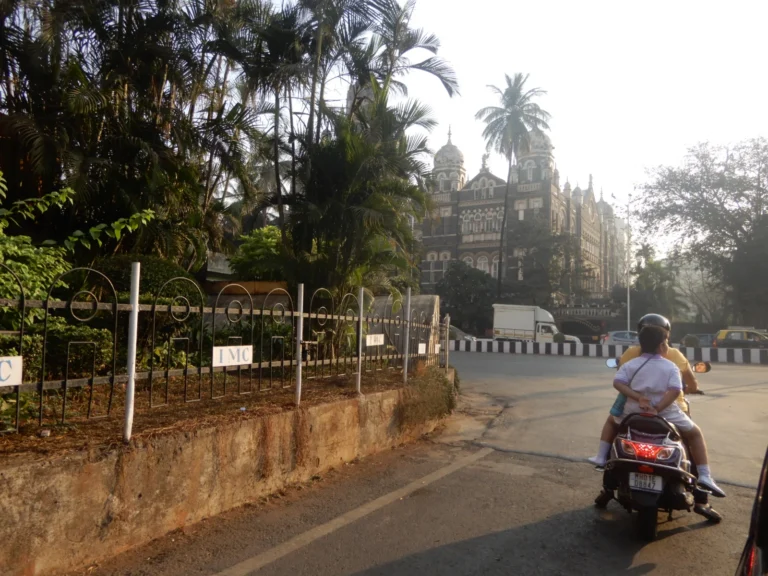Top 10 Slums in Mumbai: Life, Struggles, and Survival
Mumbai is a city of dreams, but it is also a city of contrasts. You have towering skyscrapers, luxury apartments, and massive shopping malls, but right next to them, you’ll find some of the biggest slums in India. Slums in Mumbai are not just about poverty; they are a world of their own, full of life, struggle, and resilience. Millions of people call these slums home, working day and night to make ends meet. Some of these slums are famous, some are infamous, but each has its own story.
If you’re wondering which are the biggest and most well-known slums in Mumbai, here’s the answer: Dharavi, Shivaji Nagar, Govandi, Malwani, Mankhurd, Antop Hill, Kurla, Behrampada, Vikhroli Parksite, and Nehru Nagar.
Dharavi
This is the most famous slum in Mumbai and also one of the largest in Asia. It’s located right in the middle of the city, surrounded by busy areas like Bandra and Sion. If you’ve seen movies like Slumdog Millionaire, you already have a glimpse of Dharavi. But it’s not just about cramped houses and narrow lanes. Dharavi is a hub of small-scale industries—leather goods, pottery, recycling—you name it. People here work hard, and some even make a decent living.
Shivaji Nagar
Shivaji Nagar is in Govandi, near the Deonar dumping ground. It’s one of the most challenging places to live in Mumbai because of the pollution and the poor sanitation. The air is filled with the smell of garbage, and the living conditions are tough. But despite that, thousands of families live here, running small businesses or working as laborers. It’s a place where survival itself is a daily battle.
Govandi
Govandi is another area with a large slum population. It’s close to Shivaji Nagar and has similar issues—pollution, lack of clean water, and poor healthcare. But one thing that stands out in Govandi is its growing number of small workshops and businesses. People here are skilled in various trades, from tailoring to scrap dealing, and they do whatever they can to earn a living.
Malwani
Malwani is in Malad, a bit far from the main city. It’s a huge slum, spread across different sectors. While some parts of Malwani have improved over time, many areas still lack basic facilities like proper drainage and clean drinking water. A lot of daily wage workers, fishermen, and small vendors live here. It’s a place where you’ll see both struggle and hope.
Mankhurd
Mankhurd is another major slum area in Mumbai. It has been growing rapidly over the years, with thousands of people moving in from different parts of India in search of work. The area is overcrowded, with narrow lanes and poorly built houses. Many people here work as construction workers, domestic helpers, or in small factories. The struggle for a better life is visible everywhere.
Antop Hill
Antop Hill is an old slum area near Wadala. It’s known for its crowded settlements and lack of proper infrastructure. Despite being close to the city, it hasn’t seen much improvement. Many people living here work in nearby markets, drive rickshaws, or have small shops. The houses are tiny, and families often live in cramped spaces, but life goes on.
Kurla
Kurla has both slums and some developed areas, but parts of it are extremely congested. The slum pockets in Kurla are home to thousands of people working in nearby industrial areas. It’s one of those places where you’ll see high-rise buildings on one side and slum dwellings on the other. Many migrants come here in search of work because of its central location.
Behrampada
Behrampada is right next to Bandra station, one of the busiest railway stations in Mumbai. This slum has been in the news many times, mostly for issues related to illegal construction and demolitions. It’s densely populated, with houses built so close to each other that there’s barely any space to walk. The people here mostly work as street vendors, tailors, and small shop owners.
Vikhroli Parksite
Vikhroli Parksite is another big slum area in the eastern part of Mumbai. It’s mainly home to factory workers and laborers who work in nearby industrial areas. The place lacks proper sanitation, and during monsoons, flooding is a big issue. But the people here are hardworking, trying to improve their lives despite the tough conditions.
Nehru Nagar
Nehru Nagar, in Kurla, is a densely populated slum with a mix of old houses and new illegal constructions. The streets are narrow, and the drainage system is poor, leading to frequent waterlogging. However, due to its location, many people find jobs in nearby offices and factories. It’s a place where survival depends on determination and hard work.
Summary
Slums in Mumbai are not just about poverty; they are about resilience, hard work, and survival. People living here may not have the best facilities, but they find ways to keep going. Some slums, like Dharavi, have even turned into business hubs. Others, like Shivaji Nagar and Govandi, still struggle with basic needs. But one thing is clear—Mumbai would not function without the people living in these slums. They are the ones driving taxis, cleaning offices, running small businesses, and keeping the city moving.
If you have any questions or thoughts, comment below!

